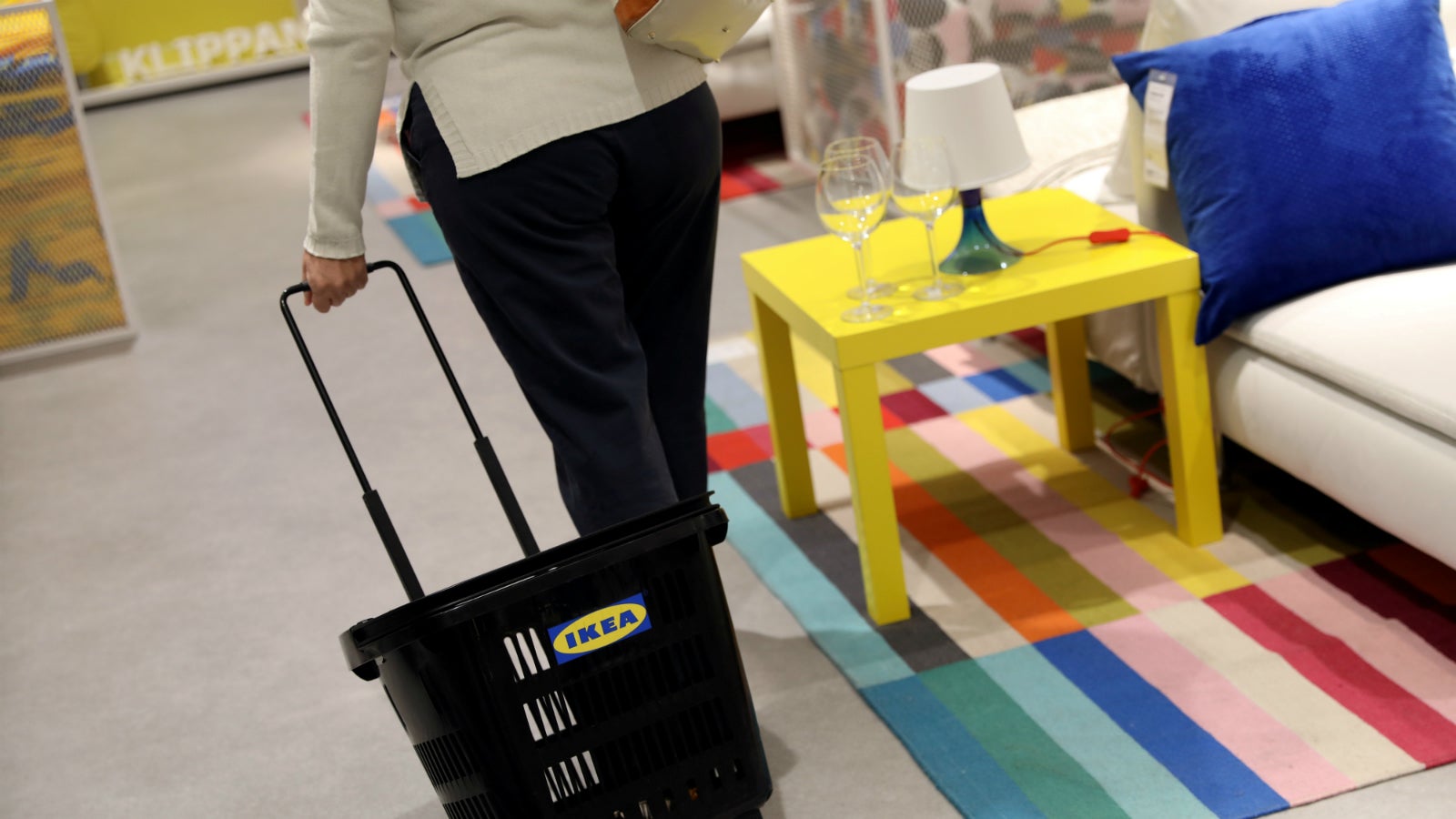IKEA has a plan to get Indians to actually buy its furniture
Just two months after it opened its first store in India, Swedish furniture retailer IKEA is devising new strategies to penetrate deeper into the country.


Just two months after it opened its first store in India, Swedish furniture retailer IKEA is devising new strategies to penetrate deeper into the country.
The world’s largest furniture retailer is considering tie-ups with real estate developers to sell wardrobes, kitchen sets, and other such products for new and upcoming apartments, a top IKEA executive told Quartz.
In India, furniture is largely sold through local carpenters and furniture stores.
“We believe there is a lot of opportunity in India in the business-to-business (B2B) market since there is an enormous number of houses being built. They are being fitted out from the beginning with wardrobes and kitchens with our type of quality and standards,” deputy country manager Patrik Antoni said.
Globally, IKEA has a B2B segment, under which it supplies furniture to small and medium companies such as shops, salons, and restaurants, besides working with real estate developers. In India, it will focus on developers in a bigger way.
“There (in other markets) we focus on smaller business…but here we will look a little bit towards the bigger developers because the kitchen and wardrobe fitting opportunities that are here, don’t exist in many other markets,” Antoni said. “The opportunity might be big here because of the sheer amount of development that’s happening, thanks to urbanisation, and people moving out of families.”
Antoni declined to share the names of developers that IKEA is talking to.
“Large companies like IKEA work on many fronts at the same time. They will invest in manufacturing, logistics, as well as, stores,” said Harminder Sahni, founder at consulting firm Wazir Advisors. “Since real estate is scarce and expensive in India, IKEA may be wanting to partner with real estate companies to reduce its capital investments and open up another channel of sales.”
Indian realty boom
India’s real estate market is currently estimated at $126 billion (Rs9 lakh crore).
Even as the sector is currently struggling with the aftermath of demonetisation, the introduction of goods and services tax, and new realty law, RERA, in just the first half of 2018, an estimated 96,000 residential units were launched across the country. And in January-September 2018, as many as 1,78,400 units were sold in top seven Indian cities.
A boom in the real-estate sector over the past decade has led to a large supply of ready-to-move-in apartments in the country’s top cities. These houses often come fitted with basic furnishings such as modular kitchens and cupboards. This feature, according to Antoni, is not very prevalent in apartments in other markets where the furniture retailer is present.
“Small is beautiful is the new buzzword with Indian millennials when it comes to buying homes in India’s more expensive cities. Compact homes are also low on maintenance expenses and are invariably very budget-friendly in all respects,” Anuj Puri, chairman of ANAROCK property consultants. Already, brands such as Godrej Interio and HomeLane are cashing in on the new trend of selling furniture that will aptly fit into relatively constrained spaces, a market where IKEA too can find takers, Puri said.
Tying up with real estate developers will also help IKEA push its big-ticket furniture, which hasn’t found many takers at its flagship store that opened in August in the southern Indian city of Hyderabad.
With over 1,000 products priced under Rs200, the Swedish retailer has gone out of its way to lure India’s value-conscious middle-class shoppers. This also means that, for now, the retailer is seeing low-priced goods move at a quicker pace. “People are buying a lot more items but at a lower value. In India, we have an average of 13 products per ticket (bill) which is higher than most other markets,” Antoni added.